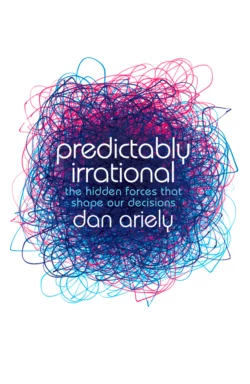Predictably Irrational

Дэн Ариели
Тип: электронная книга
Жанр: Общая психология
Язык: на английском языке
Стоимость: 619.36 ₽
Статус: В продаже
Издательство: HarperCollins
Дата публикации: 16.04.2024
Отзывы: Пока нет Добавить отзыв
О книге: Why do smart people make irrational decisions every day? The answers will surprise you. Predictably Irrational is an intriguing, witty and utterly original look at why we all make illogical decisions.